Johann Sebastian Bach was a composer and musician of the Baroque period, born in the Duchy of Saxe-Eisenach. He’s known for instrumental compositions such as the Brandenburg Concertos and the Goldberg Variations as well as for vocal music such as the St. Matthew Passion and the Mass in B minor. Take a look below for 30 more interesting and fascinating facts about Johann Sebastian Bach.
1. Since the 19th century Bach Revival, he has been generally regarded as one of the greatest composers of all time.
2. The Bach family already counted several composers when Johann Sebastian was born as the last child of a city musician in Eisenach.
3. After becoming an orphan at the age of 10, he lived for five years with his eldest brother, after which he continued his musical development in Luneburg.
4. From 1703, he was back in Thuringia, working as a musician for Protestant churches in Arnstadt and Muhlhausen and, for longer stretches of time, at courts in Weimar.
5. From 1723, he was employed as Thomaskantor in Leipzig.
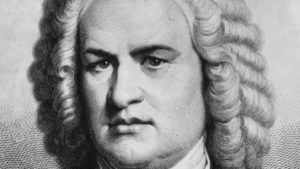
6. He composed music for the principal Lutheran churches of the city, and for its university’s student ensemble Collegium Musicum.
7. From 1726, he published some of his keyboard and organ music.
8. In Leipzig, as had happened in some of his earlier positions, he had a difficult relation with his employer, a situation that was little remedied when he was granted the title of court composer by the Elector of Saxony and King of Poland in 1736.
9. In the last decades of his life, he reworked and extended many of his earlier compositions.
10. He died of complications after eye surgery in 1750.
11. Bach enriched established German styles through his mastery of counterpoint, harmonic and motivic organisation, and his adaption of rhythms, forms and textures from abroad, particularly from Italy and France.
12. Bach’s compositions include hundreds of cantatas, both sacred and secular.
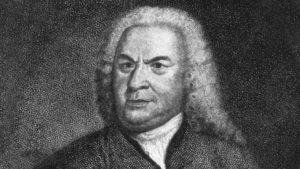
13. He composed Latin church music, Passions, oratorios and motets.
14. He often adopted Lutheran hymns, not only in his larger vocal works, but for instance also in his four-part chorales and his sacred songs.
15. He wrote extensively for organ and for other keyboard instruments.
16. Bach composed concertos, for instance for violin and for harpsichord, and suites, as chamber music as well as for orchestra.
17. Musicians in Bach’s extended family included court musicians, teachers, composers and church organists, something that young Johann would himself grow into.
18. Bach was fond of incorporating the numbers 14 and 41 into his musical works, because they were derived from the mystical numerology values of the letters in his own name.
19. One of his employers was so intent on hanging on to Bach that he had him imprisoned for daring to hand in his resignation. Bach still made good use of the time and composed some studies for organs while he was inside.
20. Bach married his second cousin Maria in 1707. She was the mother of seven of Bach’s 20 children, but only four of them made it to adulthood.
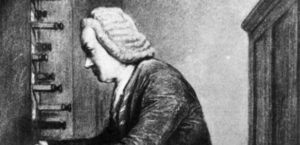
21. In 1700, Bach was granted a scholarship at St. Michael’s School in Luneburg due to his good voice.
22. His sons, Wilhelm Friedemann and Carl Philipp Emanuel, became composers and musicians like their father.
23. Bach was given a diamond ring in 1714 from the Crown Price Fredrick of Sweden, who was amazed at his playing.
24. Upon his release from jail, Bach became the conductor of the court orchestra, in which Prince Leopold played.
25. Bach’s wife, Maria, died suddenly in 1720 while he away with Prince Leopold. She was 35 years old. The fifth and final movement of the Partita in D Minor for solo violin, “Chaconne,” was written to commemorate her.
26. In 1721, Bach married Anna Magdalena Wulcken. They had 13 children.
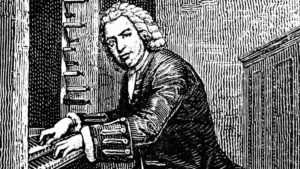
27. Bach wrote the majority of his instrumental works during the Koethen period.
28. In 1723, Bach became the choir leader for two churches in Leipzig, Germany, in addition to teaching music classes and giving private lessons.
29. Bach’s deep religious faith could be found even in his secular music. He would put the initials “I.N.J.,” a Latin abbreviation that means, In Nomine Jesu, or “in the nae of Jesus,” on his manuscripts.
30. Frederick the Great, King of Prussia, inspired Bach’s composition of a set of fugues called Musical Offering in 1740.

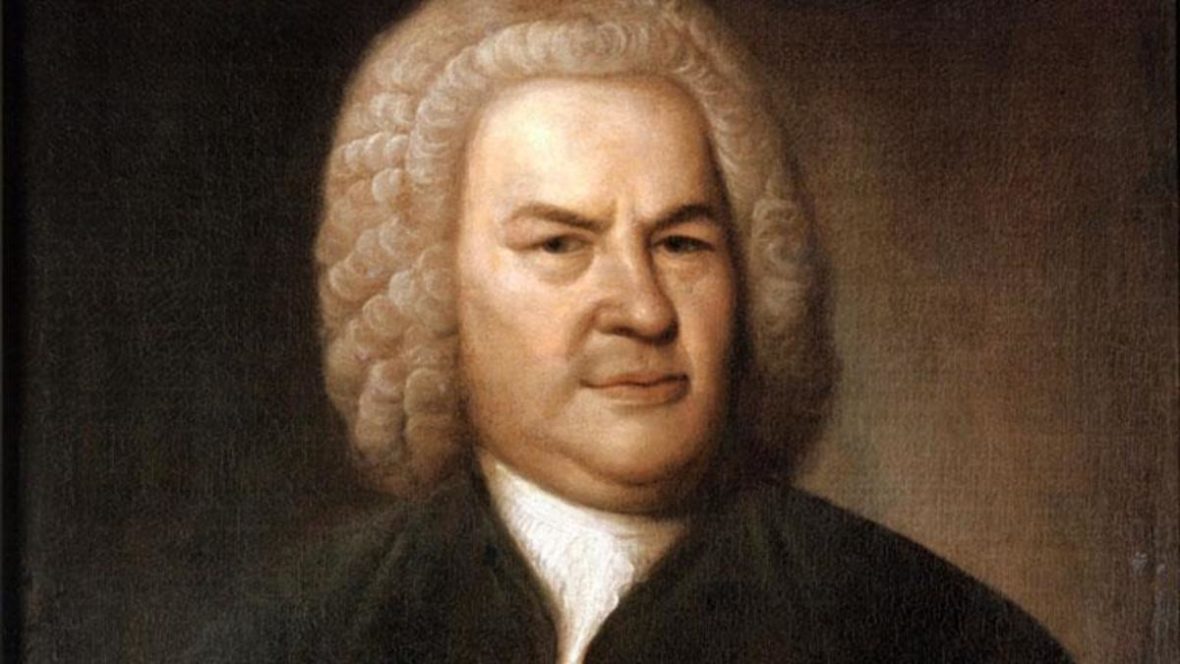
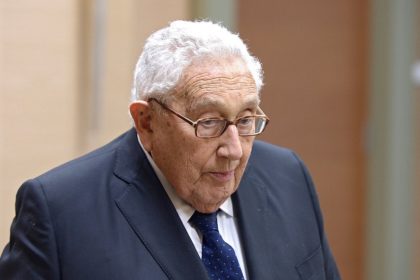


2 Comments
Pingback:
July 31, 2018 at 1:43 amPingback:
August 3, 2018 at 11:30 pm